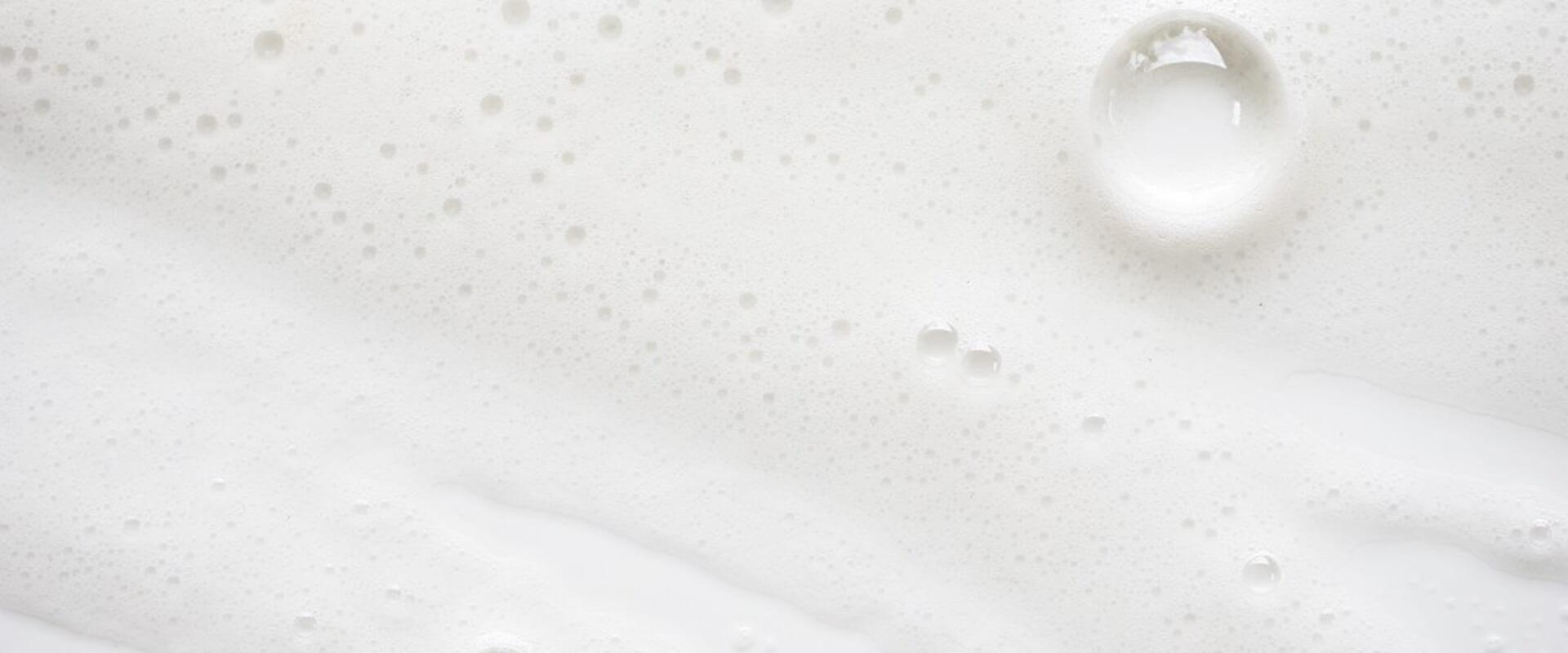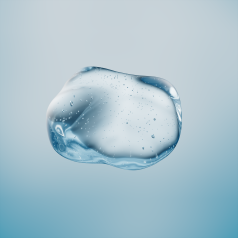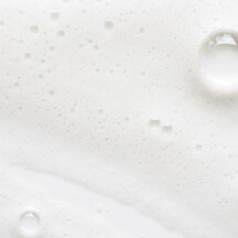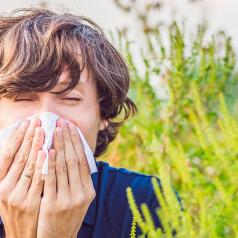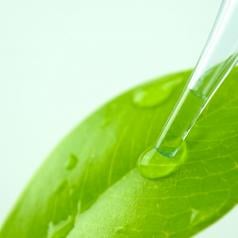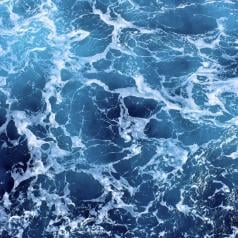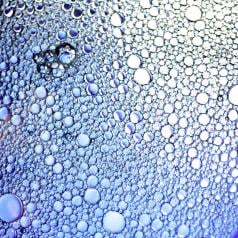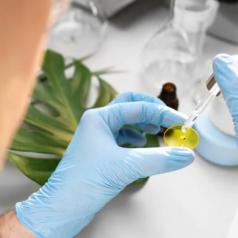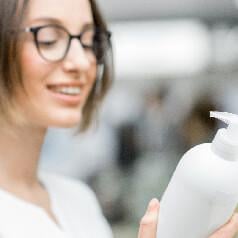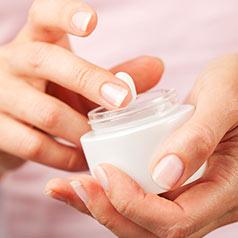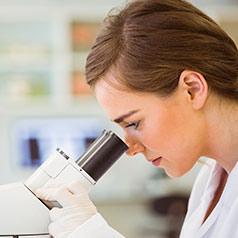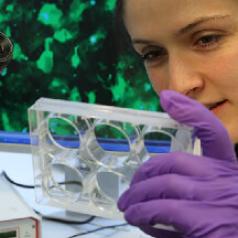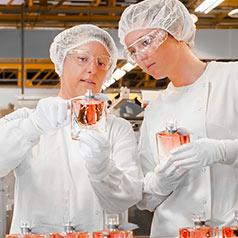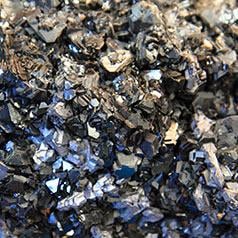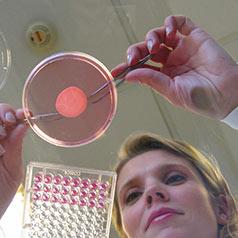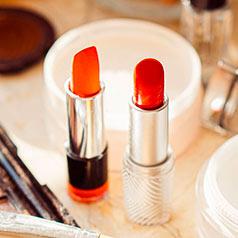Plastic pollution, endangered oceans, concerned consumers: cosmetic products are being denounced because some of them are composed of microplastics that pose potential risks to the environment. These risks are associated with solid-state microplastics that accumulate automatically and linger in the environment. A liquid-state microplastic is a notion with no scientific basis!
At L’Oréal, we are especially mindful of this issue. We have been working on reformulating our rinse-off products since 2014. All plastic microbeads have been eliminated from our exfoliant products since January 2017.
Since 2020, all our rinse-off products, meaning those requiring the use of water to remove them, such as shower gels and shampoos, have been microplastic-free.
We are continuing to work on replacing microplastics in our product formulas.
What you should know and what research shows:
According to data from ECHA (European Chemicals Agency), the contribution of microplastics intentionally added to non-rinse products as compared with the EU’s total microplastics waste is estimated at only 1%.
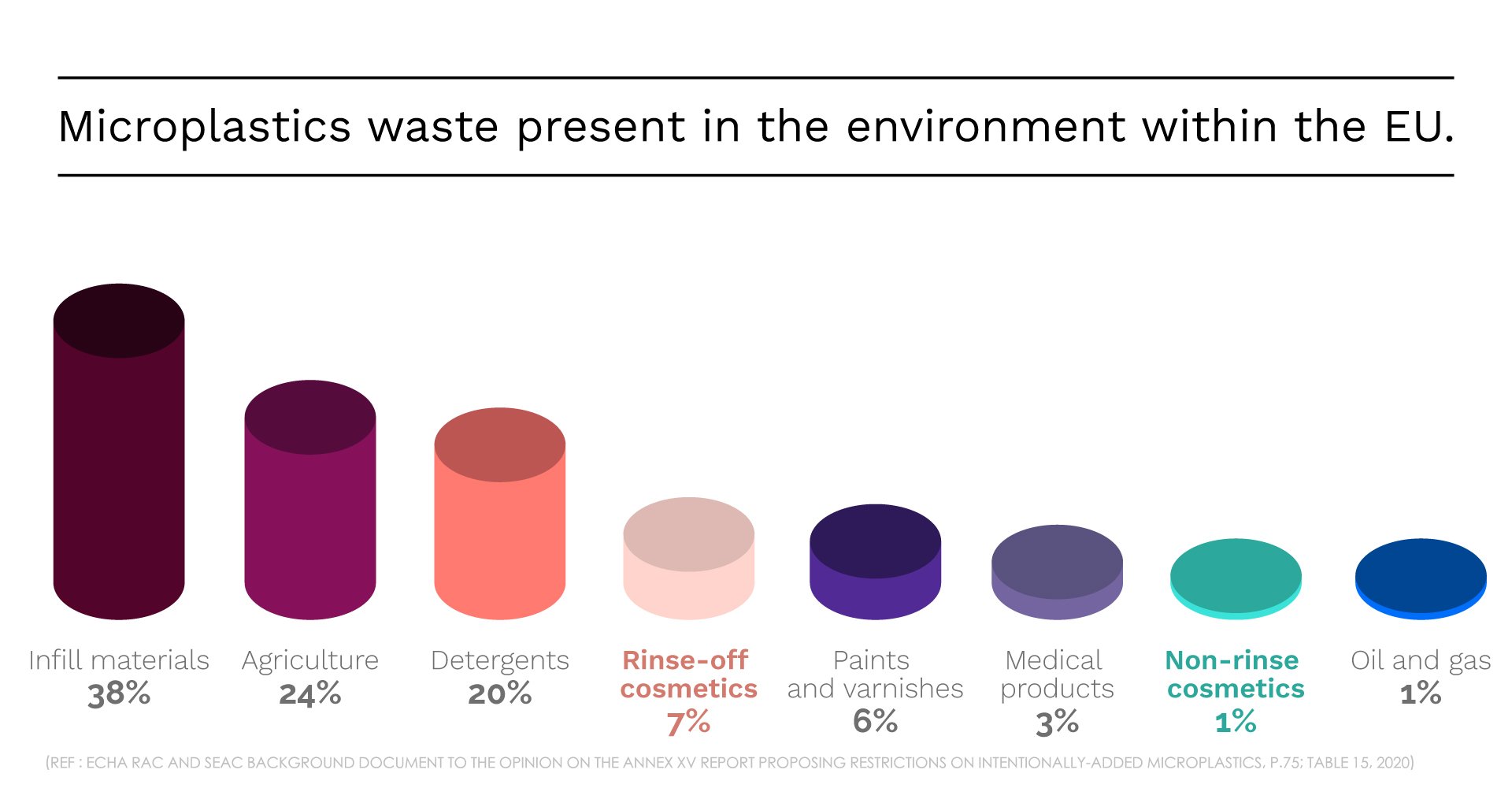
What is a microplastic?
How does ECHA (European Chemicals Agency) define a microplastic?
ECHA considers microplastics to be solid-state synthetic microparticles composed of insoluble, non-biodegradable polymers smaller than 5 mm.
There is a very important distinction between a polymer and a microplastic: all microplastics are polymers, but not all polymers are microplastics. Depending on their origin, manufacturing process and physicochemical properties (notably their physical form), and the way the relevant product type is used, they may or may not be microplastics.
And in cosmetics, how can we tell which is which?
It’s tricky, because the INCI classification and nomenclature featuring in the ingredients list displayed on the packaging is not sufficient for determining whether an ingredient is a microplastic or not. In fact, the ingredients list mentions only the name of an ingredient and not its physical form.
This is the case, for example, with POLYTETRAFLUOROETHYLENE (PTFE) and POLYETHYLENE (PE). For the latter, in the particular case of lipsticks, we use a highly malleable polyethylene (PE) wax. During formulation, the raw materials are mixed at over 90 °C, the polyethylene melts completely and we obtain an even mix of all the ingredients. There are therefore no solid polyethylene particles in our lipsticks, as they have all melted. This (liquid) wax is not a microplastic. Nevertheless, it is clearly indicated on the ingredients list together with its INCI name: POLYETHYLENE.
Where do microplastics come from?
There are 2 types of microplastics, known as primary and secondary microplastics.
Primary microplastics are those intentionally added to products. This is the case in cosmetics where microplastics may be used for their functions as solid particles.
For example, plastic microbeads are a type of primary microplastic. They are manufactured solid plastic particles smaller than 5 mm, used for their specific abrasive and exfoliant properties. Since January 2017, they are no longer used in our cosmetics products. There are other primary microplastics used for particular skincare products, sun protection products (sun creams) and makeup (eyeshadows, nail polishes, lipsticks).
Secondary microplastics result from the breaking down of large plastic waste into smaller pieces, as is the case for a plastic bag or bottle. They are not intentionally added to a product to introduce a benefit.
How are microplastics used in cosmetics?
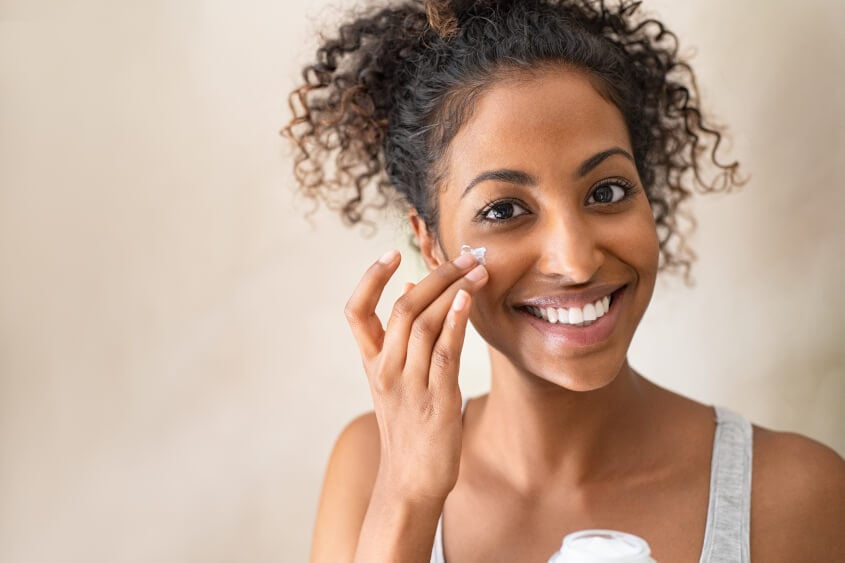 |
They also have the advantage of being chemically and physically inert, which means they are completely safe to use and do not react with other ingredients. They also have very low susceptibility to biological contamination. |
Our commitments
At L’Oréal, for many years now, we have been reducing the use of microplastics in our products, depending on their categories.
We actually started work on reformulating our rinse-off products in 2014. All plastic microbeads have been eliminated from our exfoliant products since January 2017.
Since 2020, all our rinse-off products, meaning those requiring the use of water to eliminate them, such as shower gels and shampoos, have been microplastic-free.
The gradual replacement of microplastics in the other, non-rinse, categories (skincare, sun protection and makeup products), is underway and alternatives are being sought without compromising either the effectiveness or performance of these products. Such is the case, for example for Nylon-12, which is replaced by silica in skincare products.
Over the past 5 years, we have also halved (in terms of weight) the amount of microplastics listed in our raw materials portfolio. Today, microplastic raw materials represent only 0.04% (by weight) the total raw materials used by L’Oréal.
Lastly, as for all our products, those containing microplastics are systematically subjected to a rigorous assessment of their quality and safety (human and environmental). This is a basic principle that we apply everywhere, worldwide.
Myth or reality?
“Cosmetics products are the main source of microplastics.”
According to data from ECHA (European Chemicals Agency), the microplastics contained in cosmetics represent 8% of the total amount of microplastics intentionally added to products and present in the environment in Europe, well behind infill products (38%), agriculture (24%) and detergents (20%).
Among the 8% of microplastics originating from cosmetics products, 7% originate directly from rinse-off products.
At L’Oréal, since 2020, all our rinse-off products, meaning those requiring the use of water to eliminate them, such as shower gels and shampoos, have been microbead-free.
Microplastics originating from non-rinse cosmetics products represent only 1% of the total microplastics present in the environment in the EU.
(Ref: ECHA RAC and SEAC Background Document to the Opinion on the Annex XV report proposing restrictions on Intentionally-added microplastics, p.75; Table 15, 2020)
“I am able to tell from the ingredients list whether my product contains microplastics.”
It is not possible to tell whether an ingredient is a microplastic simply by consulting the INCI ingredients list.
It is possible to tell from the ingredients list whether the product contains polymers, but not all polymers are microplastics.
To be considered a microplastic, a polymer must be synthetic and present in a solid state (and smaller than 5 mm). The INCI name indicates nothing concerning the ingredient’s physical form and therefore in no case makes it possible to tell whether or not the ingredient is a microplastic.
“All polymers originate from the chemicals industry.”
A polymer is a chemical substance composed of a large number of molecules connected to one another. Some of them originate from the chemicals industry, but there are also numerous polymers originating directly from nature, such as silk, wool, proteins and DNA.
Corn starch is an example of a natural polymer composed of hundreds of glucose molecules, as is rubber, which is derived directly from the rubber tree (Hevea brasiliensis).
“All polymers are bad for the environment.”
Only a few polymers are biodegradable, but their impact on the environment depends mainly on the length of their chains. Our teams have always tried to find polymers that are of natural origin and biodegradable. We always favour the alternative with the lowest environmental impact, without however compromising technical performance.
All our products and ingredients are systematically subjected to a rigorous assessment of their quality, their safety for humans, and their environmental impact.
“All silicones are microplastics.”
Silicones are ingredients synthesised from silicon, a mineral compound that occurs abundantly in nature in the form of silica, the main constituent of sand. It is these synthesised ingredients that appear in the form of oils and gels with a more or less thick texture.
A silicone is a polymer and can take various forms. Not all polymers are microplastics. To fit the definition of a microplastic, a polymer must be synthetic, insoluble, and present as a particle of a very specific size (less than or equal to 5 mm). For this reason, depending on its physical state a silicone can sometimes fit the definition of a microplastic.
In cosmetics, the silicones used in creams for their gelling properties can change physical form during the formulation stage and the product application stage, and are not considered as microplastics.
All our products and ingredients are systematically subjected to a rigorous assessment of their quality, their safety for humans, and their environmental impact.
“ECHA’s definition of microplastics should also take account of liquid polymers.”
ECHA’s suggested definition stipulates that to be considered as a microplastic, a polymer must be present as a solid particle (of a size less than or equal to 5 mm).
This definition has been reviewed by experts both from ECHA’s Risk Assessment Committee (RAC) and Socio-Economic Analysis Committee (SEAC). By taking account of all the information at its disposal, ECHA has confirmed that environmental problems are caused by small, solid, persistent plastic particles. For this reason, ECHA does not include liquid, water-soluble or biodegradable polymers in the definition of microplastics.

